| T O P I C R E V I E W |
| James N. |
Posted - October 18 2011 : 3:07:23 PM
...is Longfellow's Wayside Inn outside Sudbury, Mass., only about twenty miles from Boston, south of the better-known locations of Lexington and Concord with their Revolutionary associations. For me it has the perfect combination of: a long and interesting history dating from the seventeenth century; literary connections; comfortable accomodations; and fine dining - who could ask for more! Formerly known as The Red Horse Tavern, it takes its current name from having served as the setting for Henry Wadsworth Longfellow's Tales of a Wayside Inn. On my several "flying" trips to new England, I've managed to visit and stay on 3 seperate occasions, in the springs of 1995 - 96, and fall, 1998.
Image Insert:
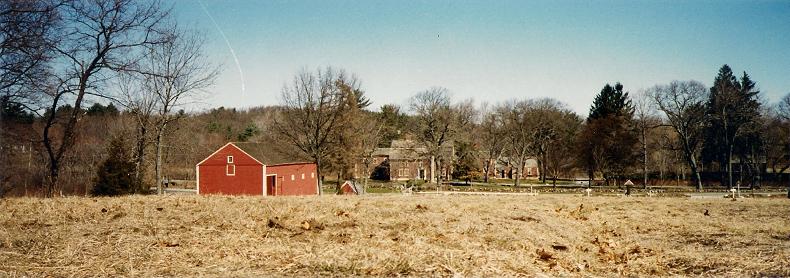
75.72 KB
One Autumn night, in Sudbury town
Across the meadows bare and brown,
The windows of the Wayside Inn
Gleamed red with fire-light through the leaves
of woodbine, hanging from the eaves
Their crimson curtains rent and thin.
Image Insert:
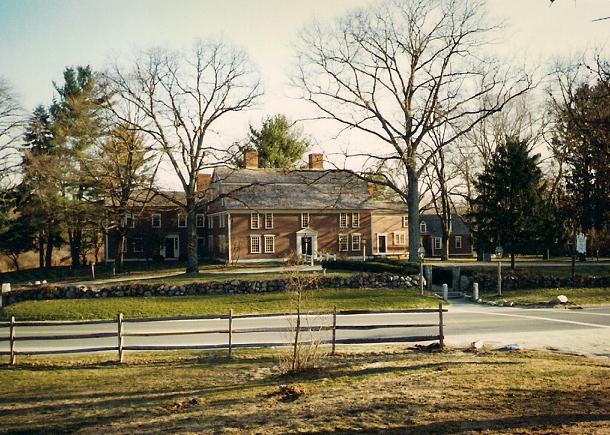
81.65 KB
As ancient is this hostelry
As any in the land may be,
Built in the old Colonial day,
When men lived in a grander way,
With ampler hospitality;
Image Insert:
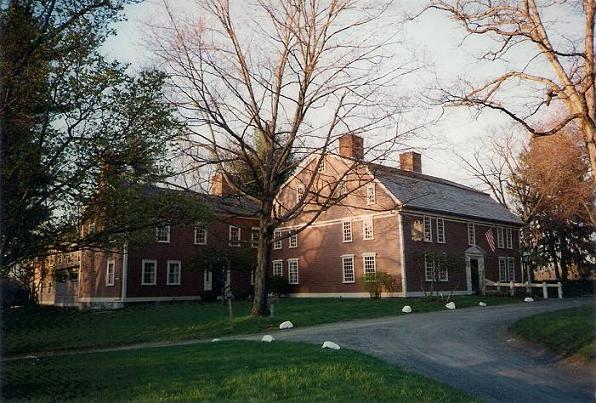
71.2 KB
A kind of old Hobgoblin Hall,
Now somewhat fallen to decay,
With weather-stains upon the wall,
And stairways worn, and crazy doors,
And creaking and uneven floors,
And chimneys huge, and tiled and tall.
Image Insert:
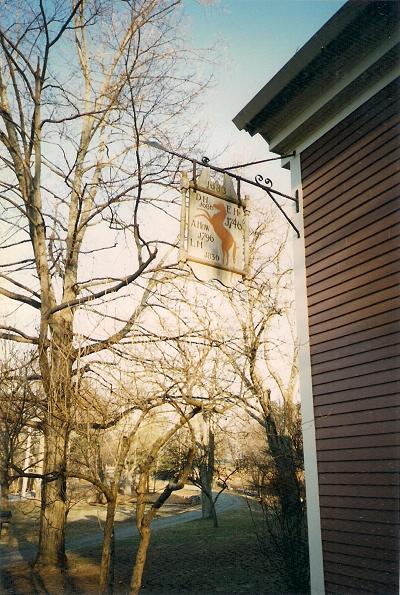
71.93 KB
And, half-effaced by rain and shine,
The Red Horse prances on the sign.
Image Insert:

84.08 KB
But noon and night, the panting teams
Stop under the great oaks, that throw
Tangles of light and shade below,
On roofs and doors and window-sills. |
| 5 L A T E S T R E P L I E S (Newest First) |
| Gadget Girl |
Posted - October 20 2011 : 4:55:38 PM
Very Interesting, James! A place I would love to visit one day!
Thanks so much for taking the time to share your pictures!!!
GG  |
| James N. |
Posted - October 18 2011 : 5:15:37 PM
Today Longfellow's Wayside Inn is still operated as a wonderful restaraunt and bed-and-breakfast-style hostelry. After the fire, extensive remodeling was done to Ford's "new" wing, turning the former downstairs "dorm" rooms into the main dining room, so filled with patrons on Sunday afternoons and holidays to necessitate using the several smaller ones as well; and the upstairs former "dancing hall" into a unit of about a dozen modern guest rooms.
Image Insert:
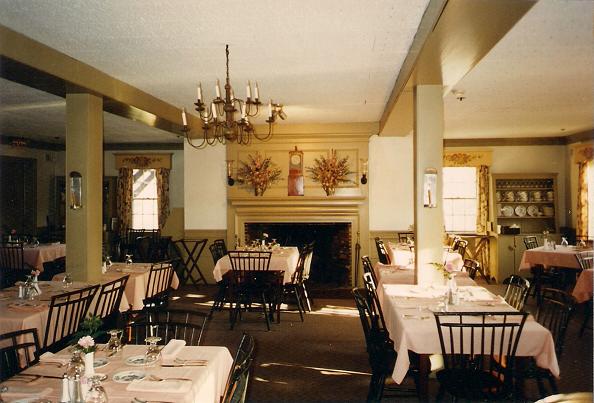
49.02KB
The post-fire Main Dining Room; the "Indian pudding" dessert served here is to die for!
Image Insert:
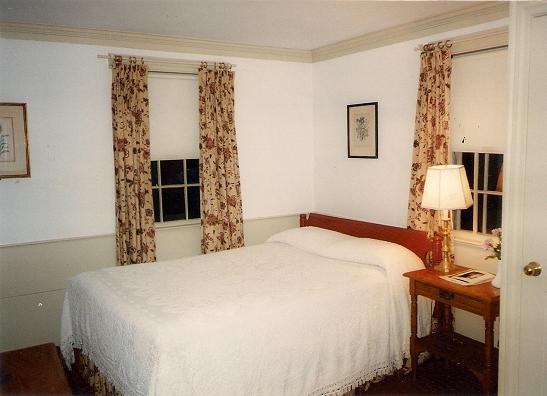
32.79KB
Image Insert:
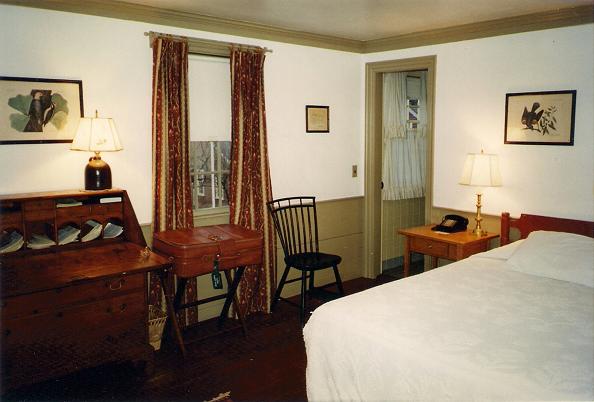
37.45KB
Two of the rooms in the "new" wing I've occuppied.
The hour was late; the fire burned low,
The landlord's eyes were closed in sleep,
And near the story's end a deep
Sonorous sound at times was heard,
As when the distant bagpipes blow.
At this all laughed; the landlord stirred,
As one awakining from a swound,
And, gazing anxiously around,
Protested that he had not slept,
But only shut his eyes, and kept
His ears attentive to each word.
Then all arose, and said "Good Night."
Alone remained the drowsy Squire
To rake the embers of the fire,
And quench the waning parlor light;
While from the windows here and there,
The scattered lamps a moment gleamed,
And the illumined hostel seemed
The constellation of the Bear,
Downward, athwart the misty air,
Sinking and setting toward the sun.
Far off the village clock struck one.
Image Insert:
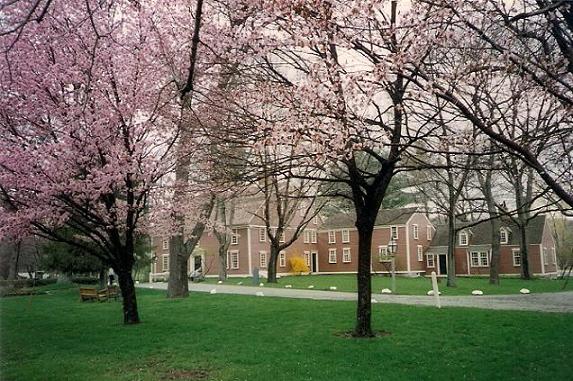
76.21KB
|
| James N. |
Posted - October 18 2011 : 4:44:21 PM
The greatest changes to the old Inn occurred in the 1920's when its future again looked grim and uncertain. A most unlikely "rescuer" was found in the person of Henry Ford who became interested in the history, legends, and possibilities of the place, bought it, and undertook to restore and expand it. He made large additions to it, while retaining much of its "Colonial" character and charm, stocking it with antiques and returning the Howe family pieces seen by Longfellow a half-century earlier to their rightful places. Keeping the front buildings mostly intact, the greatest change was the addition to the back of the large "dormitory" seen at right:
Image Insert:
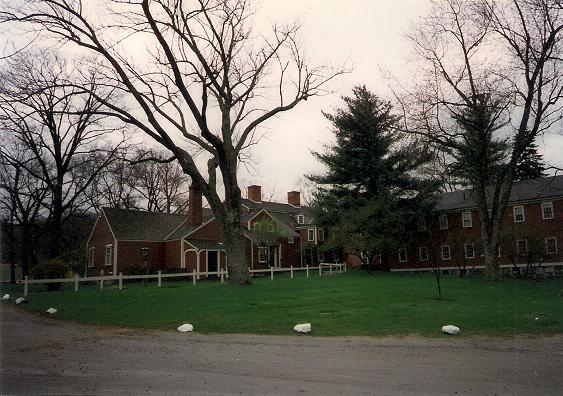
62.93KB
Ford even went so far as to buy all the land around it, constructing a bypass road away from the buildings so they wouldn't suffer from the effects of HIS Model-T's! He envisioned the Wayside Inn as an educational spot and school where neighborhood children would live and be taught conservative Christian values; oddly, the upstairs of the dormitory wing was a huge open space to be used for the weekly folk- and square-dances which he thought good and proper forms of exercise! On the grounds he had built replicas of a Congregationalist Church, named the "Mary-Martha Chapel" after his and his wife's mothers; and a working gristmill which continues to provide flour for the kitchen:
Image Insert:
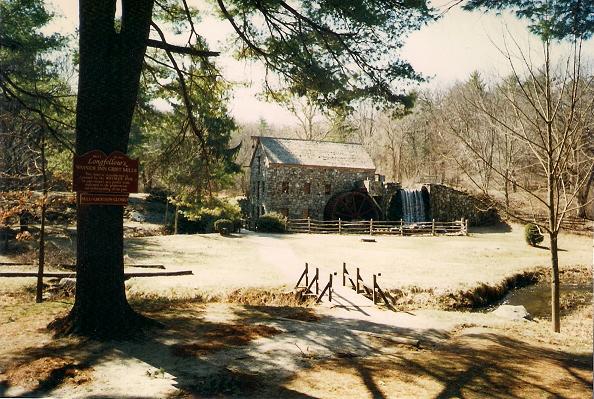
78.08KB
This idyll came to an end during WWII when Ford deeded the Inn to the non-profit corporation that operates it today. Owning this historic property whetted his appetite to develop the much more grandiose Greenfield Village near his home in Michigan. Dec. 22, 1955, this all came near a disasterous end when a fire that started in the kitchen burned much of the original main building; charred beams visible in the cieling attest to its intensity and the extent of restoration work necessary afterwards. Amazingly, most of the original furnishings were saved by being dragged out into the snow, where they were covered and protected by a thick layer of ice from the fire hoses!
Image Insert:
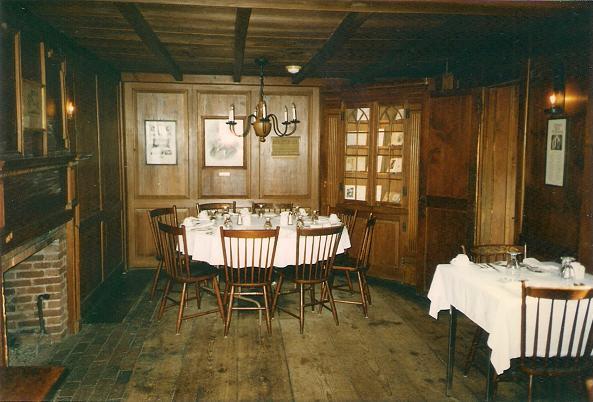
47.83KB
This small dining room in the main building is one that survived the fire.
|
| James N. |
Posted - October 18 2011 : 4:00:22 PM
This room on the first floor is the one Longfellow imagined Lyman Howe and his Guests gathered in before a fire flickering in the fireplace:
Image Insert:
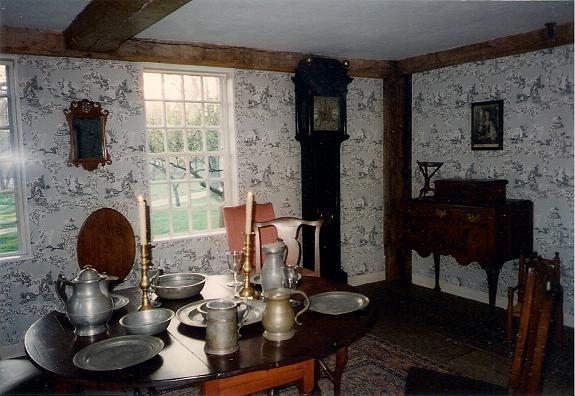
51.36 KB
The firelight shedding over all
The splendor of its ruddy glow
Filled the whole parlor large and low.
It gleamed on wainscot and on wall,
It touched with more than wonted grace
Fair Princess Mary's pictured face;
It bronzed the rafters overhead, On the old spinet's ivory keys
It played inaudible melodies,
It crowned the somber clock with flame,
The hands, the hours, the maker's name...
Across the hallway is the 1702 taproom, the oldest part of the much-added-to and vastly enlarged structure:
Image Insert:
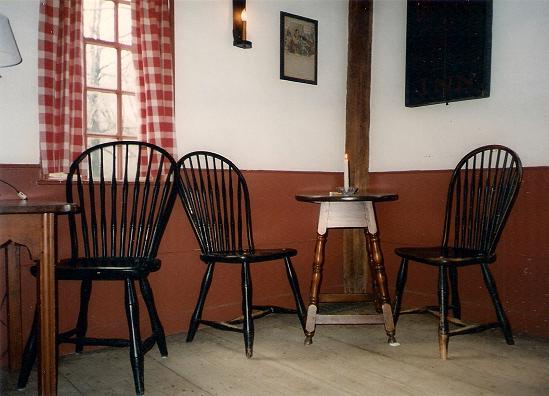
38.3 KB
Upstairs are display rooms, one a formal parlor and a so-called "drover's room" showing typical accomodations for eighteenth-century travellers:
Image Insert:
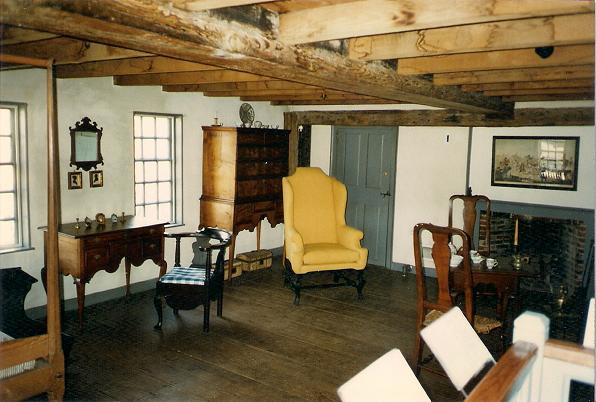
49.62 KB
Image Insert:
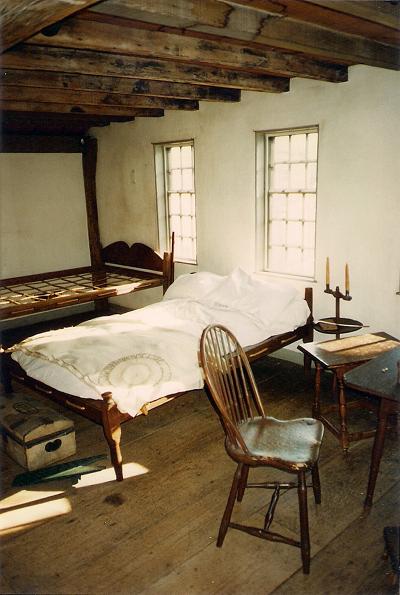
43.14 KB
|
| James N. |
Posted - October 18 2011 : 3:39:14 PM
Following King Philip's War, travel resumed as settlers, tradesmen, cattle drovers, military men, and others used the growing network of roads and trails radiating from Boston. Sudbury saw several taverns or road-houses established by members of the How family. The Red Horse Tavern of David How dates from around 1702, though How enterprises go back to the 1660's. By the time of the Revolution it was well-established as a stop on the stage route; according to tradition, "Washington Slept Here" on the way to the Siege of Boston. But by the death of the last How proprietor, Lyman Howe ( note spelling change which occurred about 1800 ), in 1861, it had fallen into disrepair and overall decay, though it remained a sort of destination for weekenders riding out from Boston to escape summer heat.
It was in this context that Henry Wadsworth Longfellow, then president of Harvard University at nearby Cambridge, visited it in the summer of 1862. This was a trying time for the armies of the Union, repulsed at Richmond with huge casualties and no end to the current war in sight. After briefly setting the mood through his vivid description of the tavern itself, Longfellow imagined the Tavern as it might have been in better days, during an evening gathering of intellectual friends seated before the fire swapping stories and tales. Each of the Guests and their respective stories was represented by a different poem. Going first was the fictional version of Lyman Howe, the owner of the tavern, who thought back to the time of his grandfather, beginning his tale:
Listen, My children, and you shall hear
Of the midnight Ride of Paul Revere.
On the eighteenth of April in Seventy-five,
Hardly a man is now alive
Who remembers that famous day and year.
So the poem we now know as Paul Revere's Ride was originally called The Landlord's Tale, inspired by Longfellow's brief visit to this place; it's ending is a clarion call to patriotism and a renewed war effort! The finished book Tales of a Wayside Inn was published in part to rally support during some of the darkest days of the Civil War. Following Howe's death, the Inn changed hands several times and struggled on into the Twentieth Century, enabled largely by its now-famous association with Longfellow's book of verse.
|
|

![The Mohican Board! [Bumppo's Redux!] The Mohican Board! [Bumppo's Redux!]](images/wwwboard.gif)

